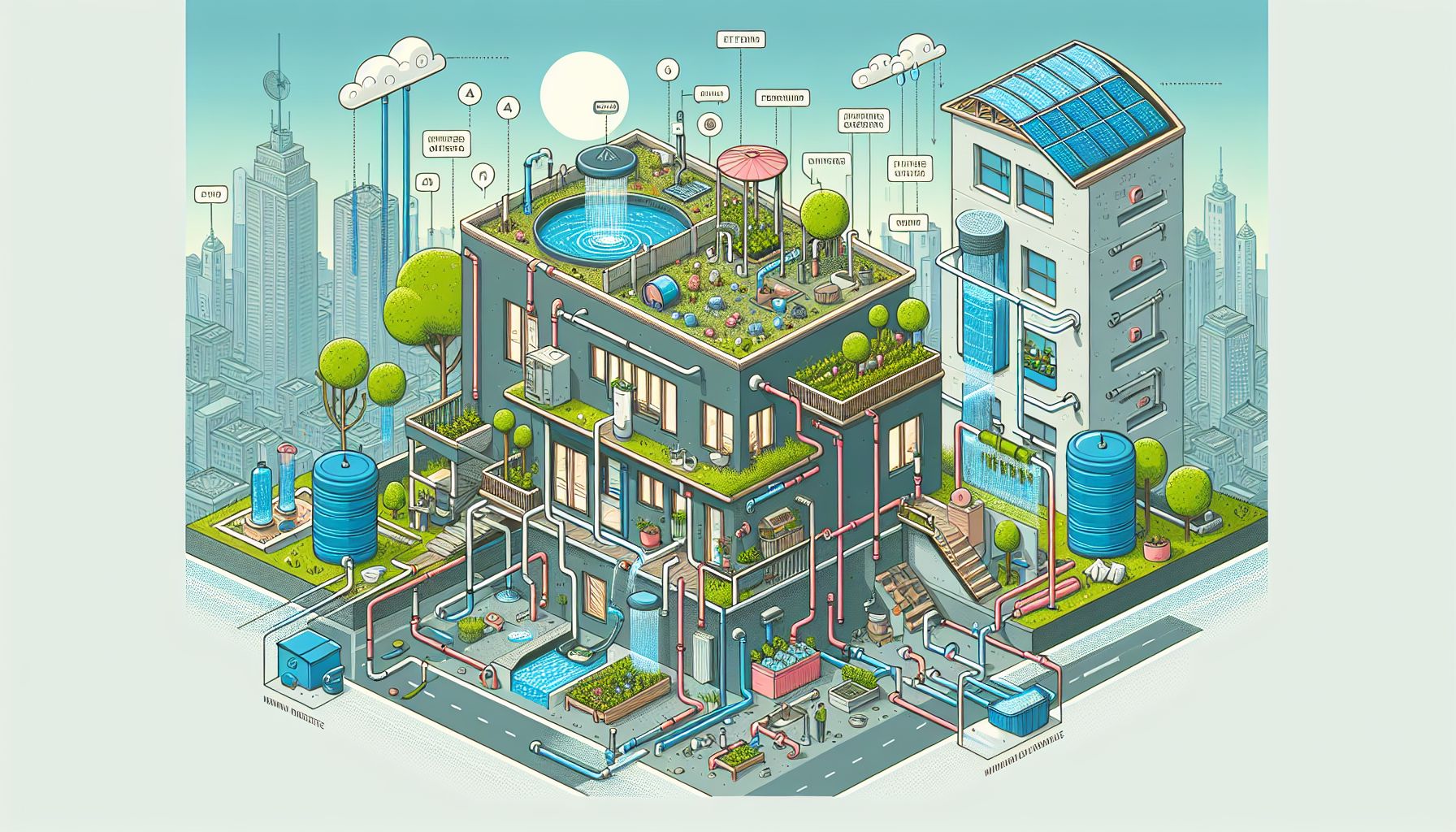Rainwater harvesting is a sustainable practice that has gained popularity in recent years as a way to conserve water and reduce reliance on municipal water sources. Urban households, in particular, can benefit greatly from implementing rainwater harvesting systems to capture and store rainwater for various uses such as irrigation, cleaning, and even potable water in some cases.
Why Rainwater Harvesting?
Rainwater harvesting offers numerous benefits, both for the individual households and the environment as a whole. Some of the key advantages of rainwater harvesting include:
-
Water Conservation: By capturing and storing rainwater, households can reduce their dependence on municipal water sources, thereby conserving water and lowering their water bills.
-
Flood Mitigation: By capturing rainwater and diverting it to storage tanks or gardens, households can help reduce the risk of flooding in urban areas by preventing stormwater runoff.
-
Improved Water Quality: Rainwater is naturally soft and free from many of the contaminants found in municipal water sources, making it suitable for various non-potable uses.
-
Energy Savings: By reducing the demand for municipal water, rainwater harvesting can also help lower energy consumption associated with water treatment and distribution.
Rainwater Harvesting Techniques
There are several techniques that urban households can use to harvest rainwater, depending on their space, budget, and water needs. Some of the common rainwater harvesting techniques include:
-
Rain Barrels: Rain barrels are one of the simplest and most affordable rainwater harvesting systems available. These barrels are placed under downspouts to collect rainwater from the roof, which can then be used for watering gardens or washing cars.
-
Rainwater Tanks: For households with more space and higher water needs, larger rainwater tanks can be installed to capture and store rainwater for various uses. These tanks can range in size from a few hundred liters to several thousand liters.
-
Green Roofs: Green roofs are another innovative way to harvest rainwater in urban areas. These roofs are designed with vegetation and a waterproof membrane that captures rainwater and filters it before storing or using it for irrigation.
-
Permeable Paving: Permeable paving materials, such as porous concrete or gravel, can be used in driveways and walkways to allow rainwater to infiltrate the ground instead of running off into storm drains.
-
Rain Gardens: Rain gardens are landscaped areas that are designed to capture and absorb rainwater from roofs or paved surfaces. These gardens are planted with native vegetation that can help filter and clean the rainwater before it enters underground aquifers.
Conclusion
Rainwater harvesting is a simple yet effective way for urban households to conserve water, reduce flooding, and lower their water bills. By implementing rainwater harvesting systems, households can take a proactive step towards sustainable water management and environmental stewardship. Whether through rain barrels, rain tanks, green roofs, permeable paving, or rain gardens, there are numerous techniques available to help urban households capture and utilize rainwater for a variety of purposes.
Sources:
1. https://www.epa.gov/green-infrastructure/what-green-infrastructure
2. https://www.waterwise.org.uk/rainwater-harvesting/
